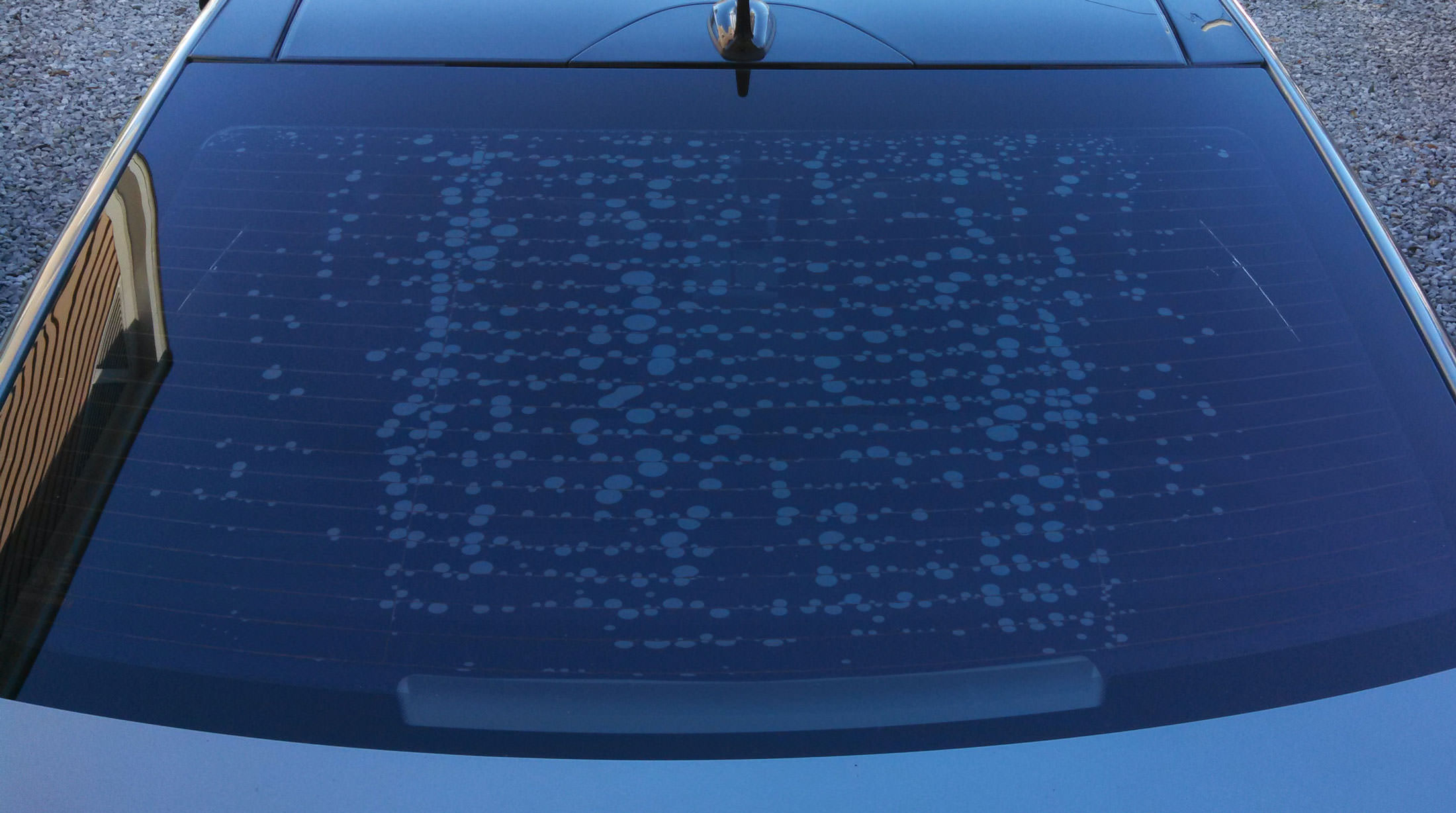
Window tint is a popular addition to cars and homes, offering a variety of benefits such as heat reduction, UV protection, and increased privacy. However, over time, the tint can begin to turn purple, which not only affects the appearance of the windows but can also reduce the effectiveness of the tint. In this article, we will explore the reasons why window tint turns purple and what can be done to prevent it.
There are a few reasons why window tint can turn purple. One of the most common causes is exposure to UV rays. As the tint absorbs UV rays, the dye in the film can break down, causing it to change color. This is particularly true for cheaper tints that use lower quality dyes. Over time, the tint can become brittle and begin to crack, further accelerating the fading process.
Another cause of purple window tint is exposure to heat. When exposed to high temperatures, the adhesive that holds the tint to the glass can break down, causing the tint to bubble, fade, and turn purple. This is particularly true for cars that are parked in direct sunlight for extended periods of time.
Fortunately, there are several steps that can be taken to prevent window tint from turning purple. One of the most effective methods is to choose a high-quality tint that uses advanced dye technology. These tints are designed to resist fading and maintain their color for years to come. Additionally, it is important to choose a tint that offers a high level of UV protection, as this can help to prevent the dye from breaking down.
Another important step in preventing purple window tint is to take care of your tinted windows. This means avoiding harsh chemicals and abrasives when cleaning the windows, as these can damage the tint and cause it to fade more quickly. Instead, use a mild soap and water solution and a soft cloth to clean the windows gently.
If your window tint has already turned purple, there are a few options available. The first is to have the tint removed and replaced with a high-quality tint that is less likely to fade. This can be a bit expensive, but it is often the most effective solution. Alternatively, you can have a professional tinting company apply a UV-protective film over the existing tint to help prevent further fading.
In conclusion, window tint turning purple is a common problem that can affect the appearance and effectiveness of tinted windows. By understanding the causes of fading and taking steps to prevent it, you can maintain the look and benefits of your tinted windows for years to come. Remember to choose high-quality tints, take care of your windows, and consider replacement options if your tint has already faded. We here at Window Tint For All only use high quality window film to ensure your car stays protected and looking clean for years to come!